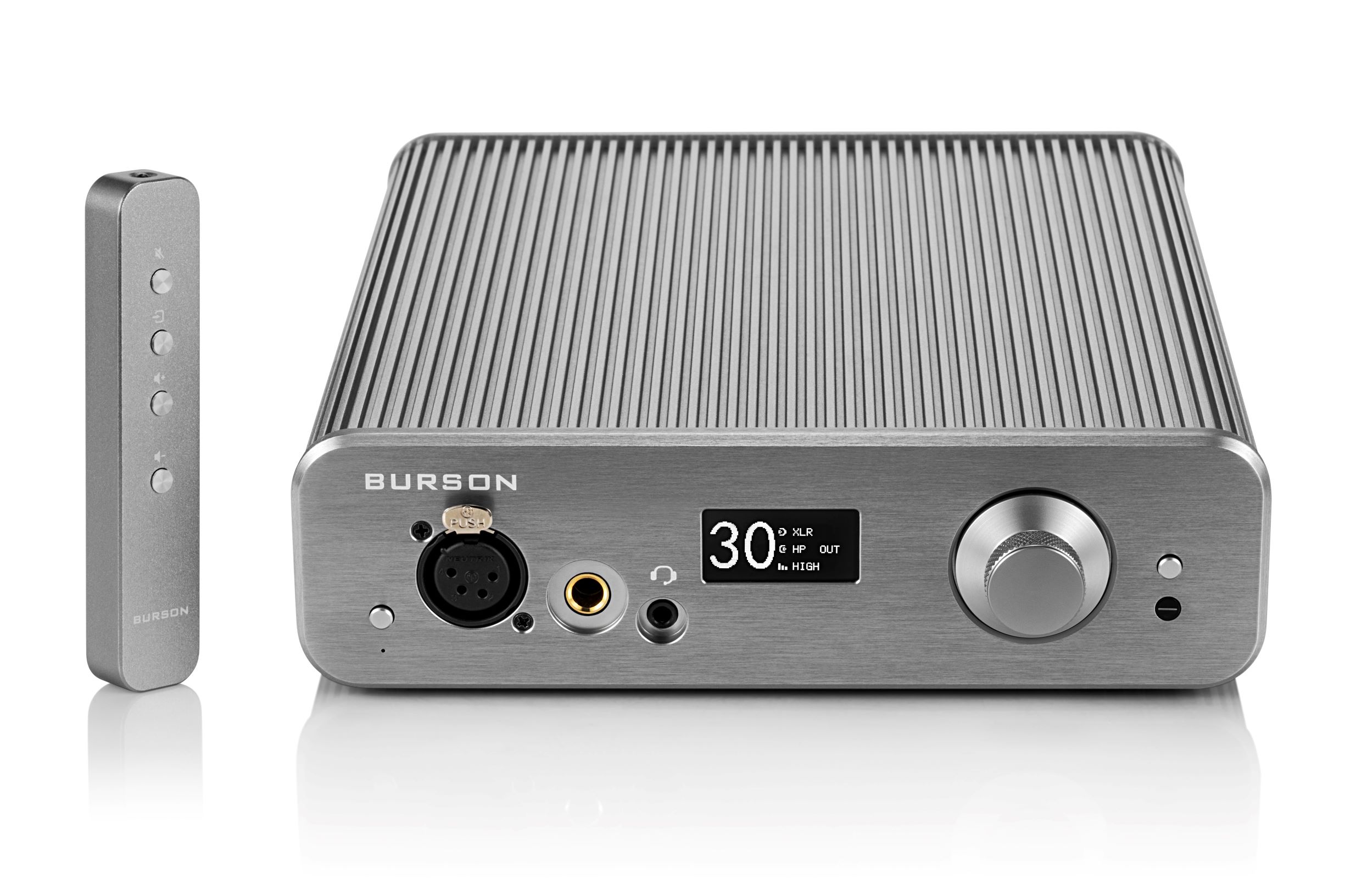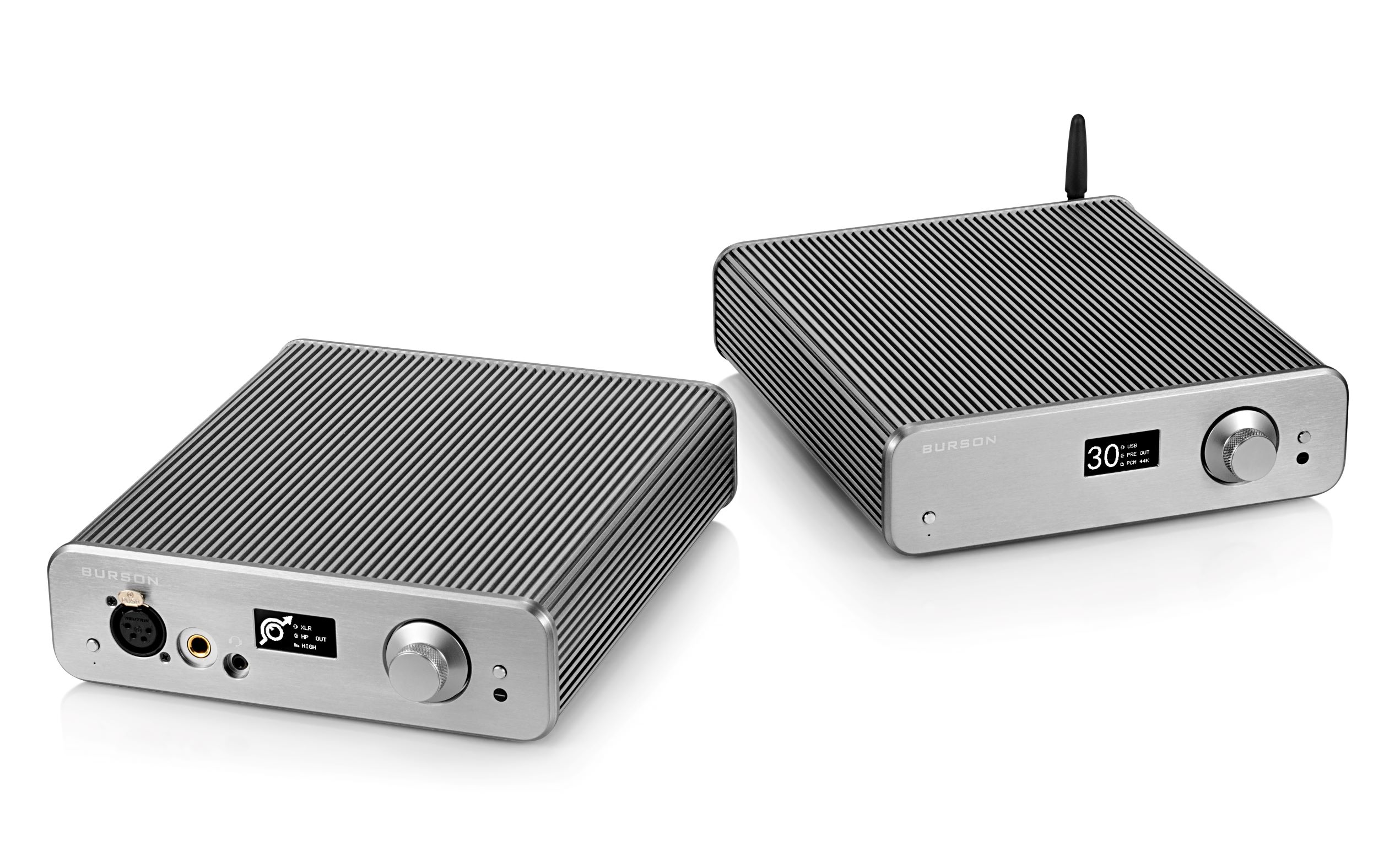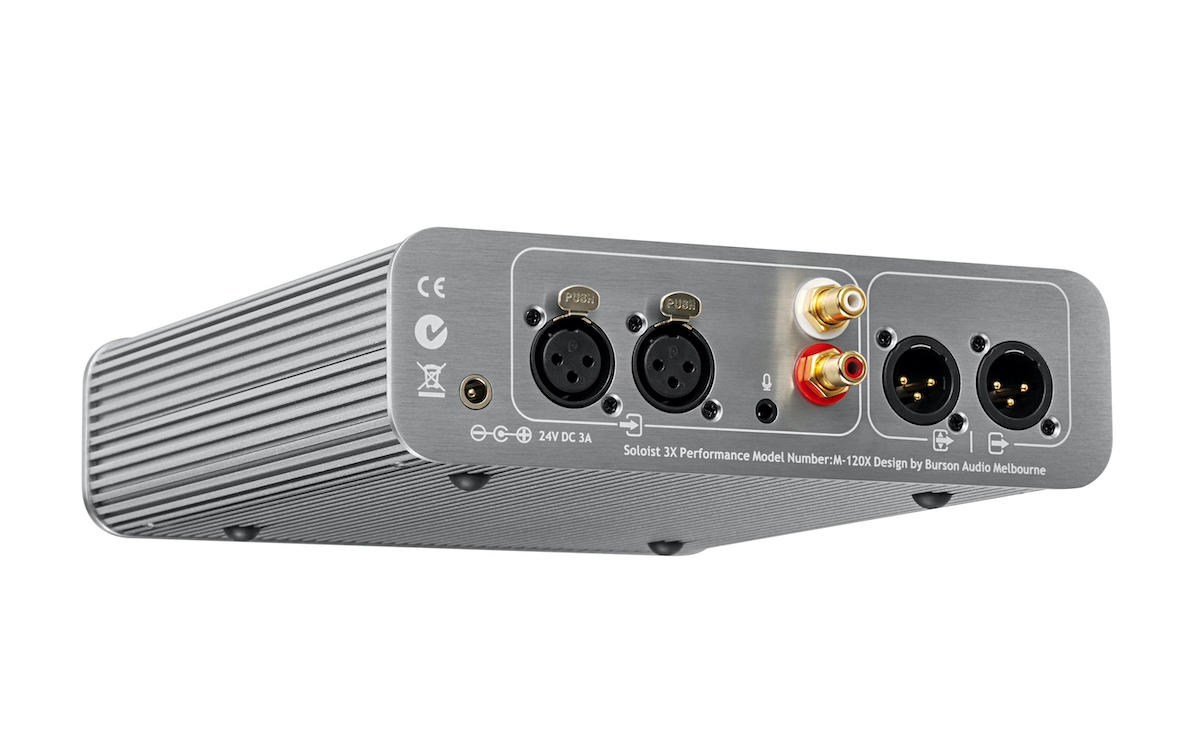raoultrifan
Headphoneus Supremus
Hello,
Just found out some very good news from BURSON Audio and I am glad to let you all know that a new headphone amplifier, with Class-A discreet output buffer, pretty similar with what's inside the Conductor 3X Reference, will come up to the market in few weeks. Below are some of the features:
Key Features:
Shipping in late September.
MSRP: 1144USD
Pre-Order Offer: 915USD
Seems to be made to match Composer 3X size and appearance, but it will be easy to pair it with anything else that outputs music via RCA or XLR plugs, so any DAC should do.





I see plenty of output power on both balanced and non-balanced headphones plugs, so I'm waiting for the first reviews to come up.
Regards!
L.E.: Adding manufacturer website: https://www.bursonaudio.com/products/soloist-3x-performance/ and Head-Fi showcase webpage for adding reviews for this headphones amplifier: https://www.head-fi.org/showcase/burson-soloist-3x-performance.24591/.
Just found out some very good news from BURSON Audio and I am glad to let you all know that a new headphone amplifier, with Class-A discreet output buffer, pretty similar with what's inside the Conductor 3X Reference, will come up to the market in few weeks. Below are some of the features:
Key Features:
- 8Wpc XLR, 4Wpc SE Headphone amp / Preamp.
- Three levels of feedback based gain, matching headphones from 60db to 110db sensitivity.
- 4 X Burson proprietary Max Current Power Supplies eliminating noise and unveiling micro-details.
- High current Class-A and fully discrete circuitry, achieving incredible sound.
- The same MUSE72320 based volume control system used in ultra-high-end preamps such as the Pass Lab XP-30 and the AVM Ovation achieving phenomenal channels balance and soundstage.
- Headphone power amp mode to remove volume control from the signal path and reach even higher transparency.
- Opamp rolling to tune Soloist 3X to your preference.
- Designed to pair perfectly with the Burson Composer 3X DAC https://www.bursonaudio.com/products/composer-3x-performance/
Shipping in late September.
MSRP: 1144USD
Pre-Order Offer: 915USD
Seems to be made to match Composer 3X size and appearance, but it will be easy to pair it with anything else that outputs music via RCA or XLR plugs, so any DAC should do.





Regards!
L.E.: Adding manufacturer website: https://www.bursonaudio.com/products/soloist-3x-performance/ and Head-Fi showcase webpage for adding reviews for this headphones amplifier: https://www.head-fi.org/showcase/burson-soloist-3x-performance.24591/.
Last edited:






















